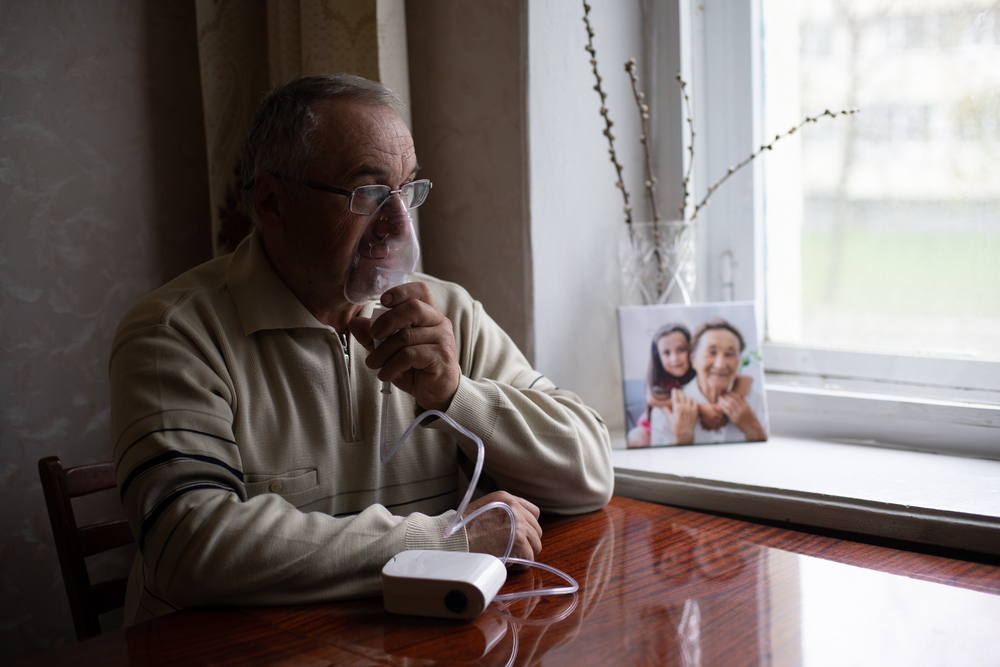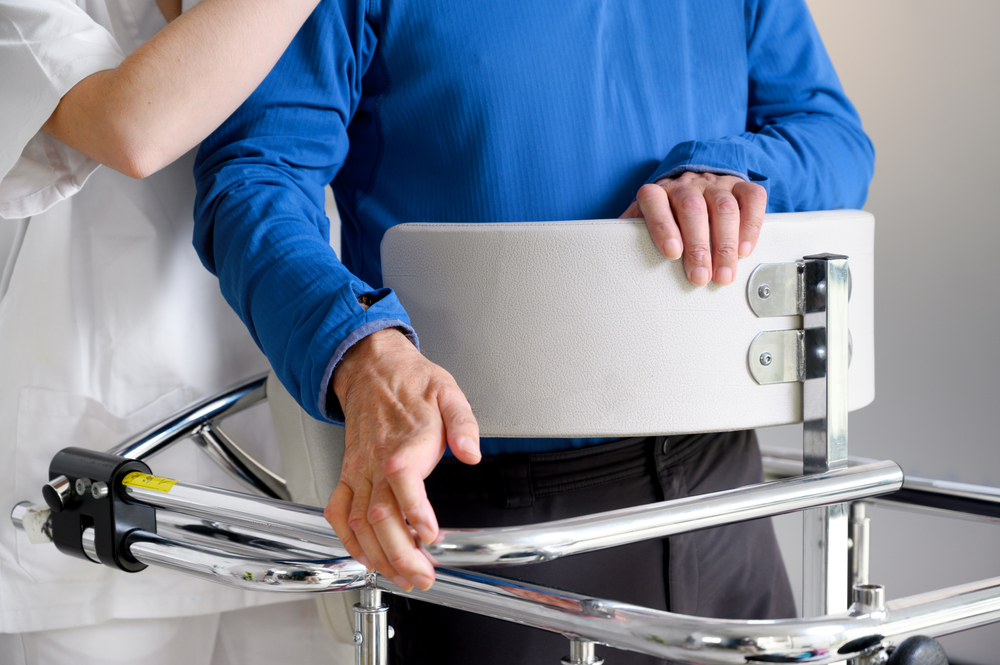Life Expectancy With Peripheral Arterial Disease (PAD)
Category:

Peripheral arterial disease, or PAD, is the narrowing of arteries due to fatty deposits. This results in reduced blood flow from the heart to arteries in other body parts. This most often occurs in the legs but it can also affect the arms, stomach, head, and kidneys. PAD most often occurs in people over 65, who smoke or have other comorbid conditions such as diabetes, obesity, and high cholesterol. When it comes to the hardening of these arteries, life expectancy can become a concern for many people. But can you live a long life with PAD? What are the symptoms of PAD? In this post, we will review what you need to know about PAD life expectancy, symptoms and general tips for living with PAD.
Symptoms of PAD
You can receive a PAD diagnosis when your doctor performs a physical examination. Most people who experience these symptoms may attribute it to old age or lack of exercise, so diagnosing PAD can be tricky. Speak to your doctor if you have experienced any of the following symptoms:
-
Muscle pain or cramping in the leg, buttocks, hip, calf, foot, or thigh, usually when walking or climbing stairs
-
Gangrene, or dead tissue
-
Decrease in temperature of the lower leg or foot, especially when compared to the rest of your body
-
Poor hair growth on the legs
-
Poor nail growth on the toes
-
Wounds in the foot or toes that have difficulty healing
-
Erectile dysfunction, especially in diabetics with penises
Next, let’s take a look at life expectancy with PAD disease.
How Long Can You Live with PAD?
It should be noted that you can live a full life PAD. However, it can be your first warning sign of a serious health problem, such as a heart attack or stroke. PAD disease life expectancy is difficult to determine but due to these circumstances, one in five people with PAD will suffer from a heart attack, stroke or death within five years if left untreated.
PAD also comes in various stages. These include:
-
Cramping and pain in the lower extremities.
-
Critical Limb Ischemia, which means they have two or more weeks of having pain at rest along with non-healing wounds, ulcers or gangrene.
-
End-stage PAD, which is when multiple treatments have failed and requires amputation of the limbs.
Now that we know a little more about the life expectancy of a person with PAD, let’s review some tips for living with it.
Download Our Sandwich Generation Guide
5 Tips for Living with PAD
As we said in the previous section, you can live a long and healthy life with PAD. Below are five tips for ensuring you stay healthy.
1. Light Exercises
Stretch before and after you take walks. However, listen to your body and take a rest if you feel any pain. You can also try yoga or swimming if these are activities you enjoy. Additionally, exercising can help lower your cholesterol and blood pressure — the leading causes of PAD.
2. Take Steps in Caring for Your Legs and Feet
Wear comfortable shoes and regularly check for sores, cracks, and other unusual symptoms. Additionally, you should wash and dry your feet every day and use lotion. This can prevent skin from cracking.
3. Eat Healthy and Quit Smoking
Eat a heart-healthy diet that includes fruits, vegetables, grains, and other foods high in nutrients. Smoking also prevents your arteries from carrying blood properly, which quitting can help counteract.
4. Stay Warm
The cold can sometimes make your skin dry, which can lead to cracked skin. If you need to be out in the cold, be sure to dress in plenty of layers and wear thick, dry socks.
5. Avoid Over-the-Counter Cold Medicines with Pseudoephedrine
Pseudoephedrine can narrow your blood vessels, which can worsen your PAD symptoms. Be sure to check the label or ask your pharmacist to ensure your safety.
Subscribe
Date: 2022-06-16
Category:


